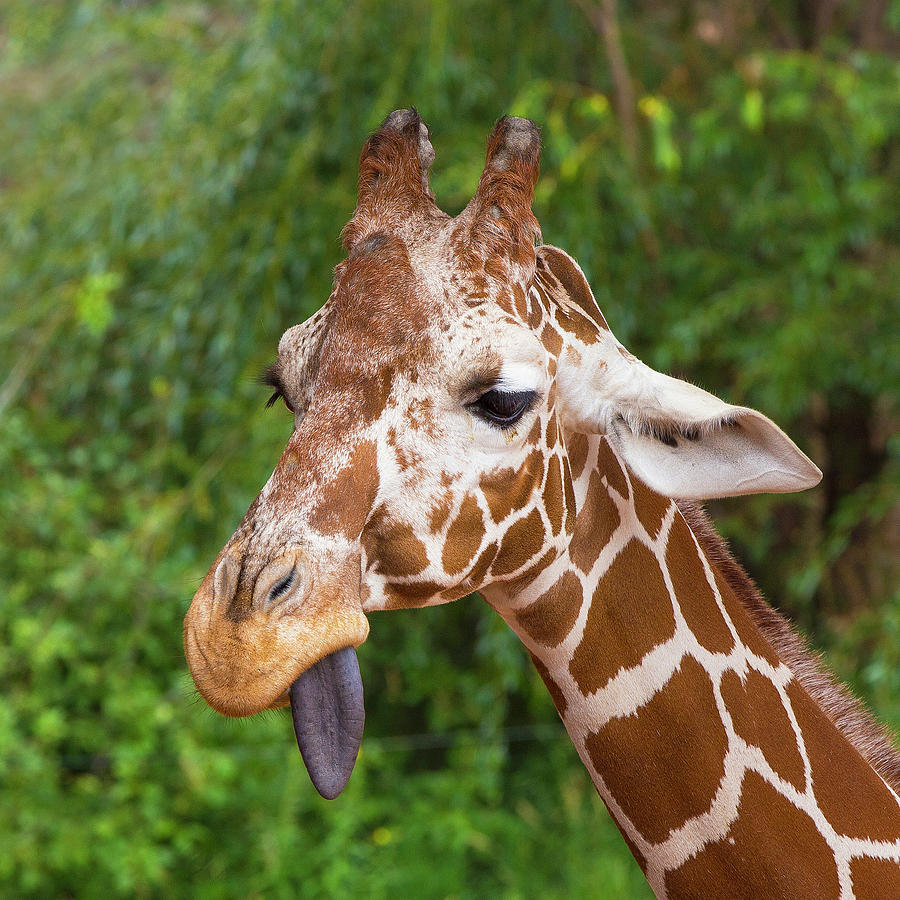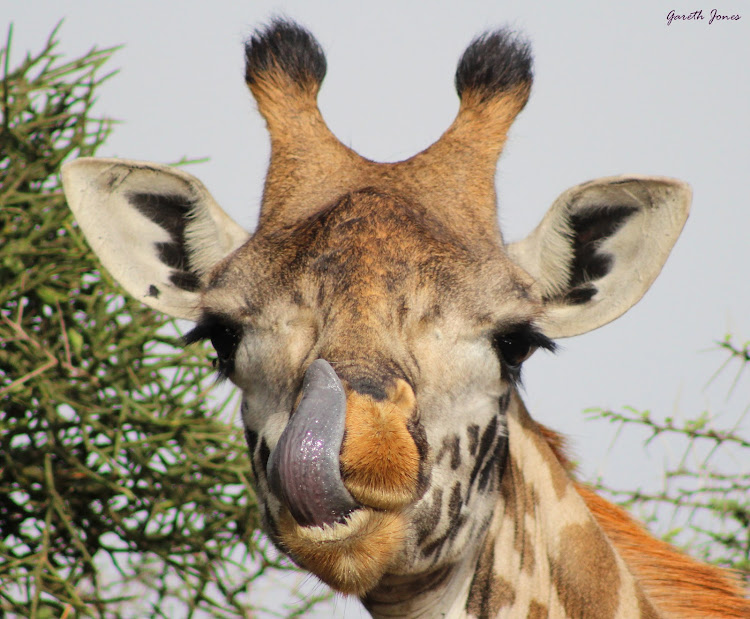What Color Are Giraffes' Tongues? Unveiling the Mystery
Giraffes, with their long necks and graceful appearance, have always fascinated animal enthusiasts. Among the intriguing aspects of these majestic creatures is the color of their tongues. In this article, we will explore the mystery surrounding the color of giraffes' tongues, providing insights into their anatomy, adaptations, and the significance of this unique feature.

what color are giraffes tongues
1. An Introduction to Giraffes:
Before delving into the color of their tongues, let's familiarize ourselves with giraffes. These remarkable creatures are the tallest land animals, known for their long necks, distinctive coat patterns, and gentle nature. Giraffes inhabit the grasslands and savannahs of Africa, captivating both researchers and wildlife enthusiasts worldwide.
2. Anatomy of a Giraffe's Tongue:
To understand the color of giraffes' tongues, it is essential to examine their anatomy. Giraffes possess tongues that are long, muscular, and highly flexible. This adaptability allows them to manipulate foliage and reach food sources in tall trees. The tongue is covered with papillae, which are small, finger-like projections that aid in grasping leaves and thorny branches.
3. The Mystery Unveiled:
The Color of Giraffes' Tongues: Contrary to popular belief, the color of a giraffe's tongue is not pink. In fact, giraffes have tongues that range in color from bluish-black to dark purple. This unique hue is thought to provide protection against sunburn and ultraviolet (UV) radiation due to their frequent exposure to the sun while foraging.
4. The Role of Melanin:
The dark coloration of giraffes' tongues is attributed to the presence of melanin, the pigment responsible for the coloration of skin, hair, and other tissues. Melanin absorbs UV radiation, reducing the risk of damage from prolonged exposure to sunlight. This adaptation allows giraffes to feed on leaves and thorny branches without discomfort or harm.
5. Other Adaptations in Giraffes:
The color of their tongues is not the only unique adaptation that giraffes possess. Their long necks, for instance, aid in reaching foliage in tall trees, while their specialized circulatory system prevents blood from rushing to their heads when they lower them to drink water. These adaptations contribute to their survival in their natural habitats.

what color are giraffes tongues
6. Behavioral Significance:
Apart from their physiological benefits, the color of giraffes' tongues may also have behavioral significance. During social interactions, giraffes often extend and display their tongues to communicate with one another. The dark coloration of their tongues may enhance these visual displays and facilitate effective communication within the herd.
7. Conservation Considerations:
Understanding the unique features of giraffes, including the color of their tongues, is crucial for their conservation. Giraffes face numerous threats, such as habitat loss, poaching, and illegal trade. By raising awareness about their distinctive characteristics, we can promote efforts to protect these iconic animals and their natural habitats.
8. Fascinating Giraffe Facts:
To further appreciate the wonders of giraffes, here are some fascinating facts:
a. Giraffes have the same number of neck vertebrae as humans, with seven in total.
b. Their tongues can grow up to 20 inches in length.
c. Giraffes are herbivores, primarily feeding on leaves, twigs, and fruits.
The color of giraffes' tongues adds to the intrigue surrounding these magnificent animals. Ranging from bluish-black to dark purple, their unique tongue coloration serves both physiological and behavioral purposes. By unraveling the mystery behind giraffes' tongues, we gain a deeper appreciation for the remarkable adaptations that enable these gentle giants to thrive in their African habitats.